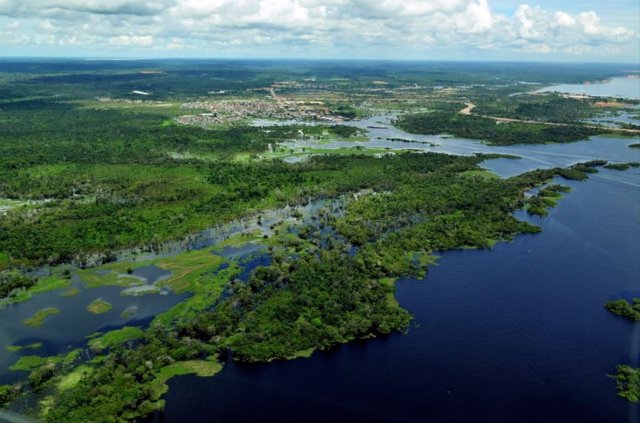6 Feb. () –
Rocks, rain, and carbon dioxide help control Earth’s climate for thousands of years – like a thermostat. through a process called weathering.
A new study led by scientists at Penn State University may improve our understanding of how this thermostat responds when temperatures change.
“Life has existed on this planet for billions of years, so we know that Earth’s temperature has remained constant enough for liquid water to exist and support life,” he explains. it’s a statement Susan Brantley, a professor of geosciences at Penn State. “The idea is that the weathering of silicate rocks is this thermostat, but no one has ever really agreed on their sensitivity to temperature.”
Since many factors are involved in weathering, it has been difficult to use only the results of laboratory experiments. to create global estimates of how weathering responds to changes in temperaturethe scientists explain.
The team combined laboratory measurements and soil analyzes from 45 locations around the world and many watersheds to better understand the weathering of Earth’s major rock types and used those results to create a global estimate of how weathering responds to temperature.
“When you do experiments in the lab and you don’t take samples from the soil or a river, you get different values,” explains Brantley. “So what we’re trying to do in this research is look at these different spatial scales and figure out how we can make sense of all this data that geochemists around the world have been accumulating about weathering on the planet. And this study is a model of how we can do that.”
Weathering is part of a balancing act of carbon dioxide in Earth’s atmosphere. Volcanoes have emitted vast amounts of carbon dioxide throughout Earth’s history, but instead of turning the planet into a hot house, the greenhouse gas is slowly removed through weathering.
The rain takes carbon dioxide from the atmosphere and creates a weak acid that falls to Earth and wears away silicate rocks on the surface. By-products are carried by streams and rivers to the ocean, where carbon ends up locked up in sedimentary rocks, explain the scientists.
“It has long been hypothesized that the balance between carbon dioxide entering the atmosphere from volcanoes and carbon dioxide carried away by erosion over millions of years keeps the planet’s temperature relatively constant. Brantley explains. “The key is that when there is more carbon dioxide in the atmosphere and the planet warms up, weathering speeds up and pulls out more carbon dioxide. And when the planet is colder, weathering slows down.”
But much is still unknown about the sensitivity of weathering to changes in temperature, partly because of the long spatial and temporal scales involved.
“In a soil profile, you see an image of soil where the camera shutter has been open for a million years: there are built-in processes that have been going on for a million years and are trying to be compared to a two year old flask experimentBrantley explained.
According to Brantley, the field of hotspot science – which examines landscapes from the highest vegetation to the deepest groundwater – has helped scientists to better understand the complex interactions that influence weathering.
For example, rocks must fracture for water to get into the cracks and begin to break down the materials. For that to happen, the rock must have large exposed surfaces, and that is less likely to happen in regions where the soil is deeper.
“Only when you start to cross spatial and temporal scales do you start to see what’s really important,” Brantley said. “Surface is really important. You can measure all the rate constants you want for that solution in the lab, but until you can tell me how surface area is formed out there in the natural system, You’re never going to be able to predict the actual system.”
The scientists reported in the journal Science that the temperature sensitivity measurements in the laboratory were lower than the estimates for soils and rivers in their study. Using laboratory and field observations, they extended their conclusions to estimate the global temperature dependence on weathering.
Their model may be useful in understanding how weathering will respond to climate change in the future and in evaluating human attempts to increase weathering to remove more carbon dioxide from the atmosphere, like carbon sequestration.
“One idea has been to improve weathering by digging up a lot of rock, crushing it, transporting it and putting it out in the field to weather,” Brantley explains. “And that will work, it’s already working. The problem is that it’s a very slow process.”
Although warming can speed up weathering, scientists say that removing all the carbon dioxide humans have added from the atmosphere it could take thousands or hundreds of thousands of years.















